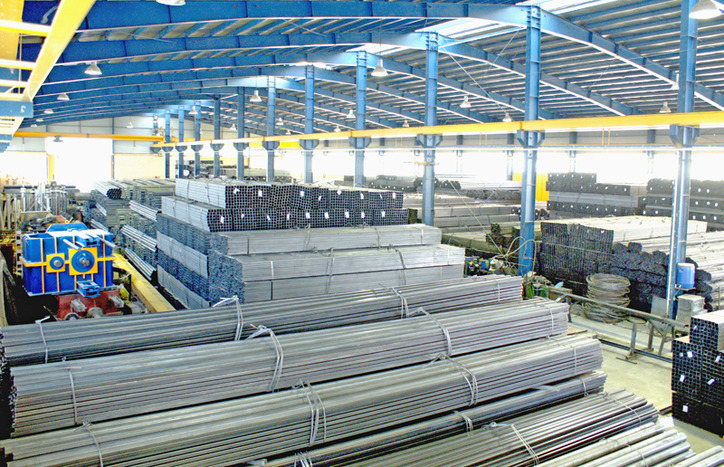According to GEM, over two-fifths of global steelmaking capacity under development is in India, which primarily has coal-based steel production
One of the toughest sectors to decarbonise is the steel industry. The primary mode of power generation for steel is still coal. But modern technologies, like using electric arc furnaces, which emit lower emissions, can reduce the emissions.
According to a report by Global Energy Monitor, the steel sector is on track to fall just short of the IEA’s 2030 target of having 38% of global capacity powered by lower-emissions electric arc furnaces — with much of the shortfall hinging on progress in India.
The subcontinent has the largest development pipeline of steelmaking capacity globally, but it mainly depends on higher-emissions based coal production methods, according to the report. Unless this changes, meeting IEA’s target will be difficult.
According to data from the Global Iron and Steel Tracker, by 2030, the proportion of global steelmaking capacity relying on lower-emissions electric arc furnaces EAF is expected to reach 36%, or 868 million tonnes per annum (mtpa).
India plays decisive role
In the last decade, the usage of electric arc furnaces have increased, but the overwhelming majority of steel production still uses coal, especially in India. As of now, the country has 352 mtpa, or over two-fifths of global steelmaking capacity under development. In comparison, China has just 140 mtpa, according to the report.
Half of coal-based steelmaking capacity under development — 200 mtpa — is in India. Now, the South Asian nation plans on doubling its steelmaking capacity by 2030, which can potentially exacerbate the emissions from the steel sector globally. Also, the report found that India’s steel industry is the most carbon intensive, emitting about one-fifth to a quarter more carbon dioxide per tonne than China.
However, development plans are one thing, while actual construction is another. The report found that construction has started on only 28 mpta, or just 8%, of the proposed capacity.
Australia, Brazil lead in green iron making
Owing to large iron ore reserves and renewable energy projects, Australia and Brazil are well placed to lead the transition to green steel, according to the report.
The reason is that iron ore is the core raw material for steel production, and around 98% of all iron ore mined goes into it. Australia and Brazil accounted for 43% and 21% of global iron ore production respectively. The report suggests that this iron ore can be utilised for green ironmaking projects, keeping net zero goals in mind. And both countries will have a headstart.
Add renewables to the mix, and there is a possibility of green hydrogen production. Also, the report suggests that Australia and Brazil might strike trade deals with India, as it will have huge demand for iron ore for its booming steel production industry. Overall, this can enable a greener supply chain for steel production.
“India is now the bellwether of global steel decarbonisation. If the country does not increase its plans for green steel production, the entire sector will miss an important milestone. So goes India, so goes the world,” said Astrid Grigsby-Schulte, Project Manager of the Global Iron and Steel Tracker at Global Energy Monitor.
About The Author
You may also like
Litigation increases legalisation of protection against climate threats: Report
What COP30 reveals about the next phase of multilateralism
EU to waste billions on hydrogen pipelines in new PCI list, warns experts
India needs targeted public finance to scale green steel production
India Pushes for Critical Minerals Circularity and Collective Action on Climate at G20

